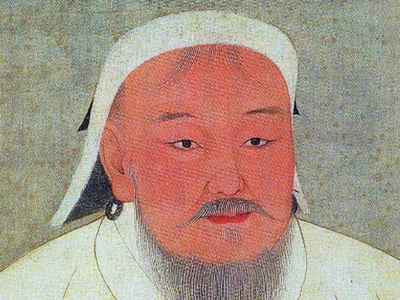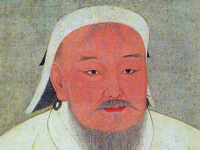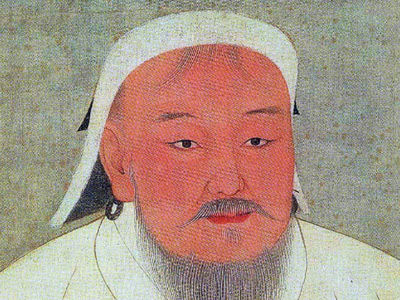Genghis Khan (1162-1227)

Rift with Jamukha and defeat at Dalan Balzhut
As Jamukha and Temüjin drifted apart in their friendship, each began consolidating power, and they became rivals. Jamukha supported the traditional Mongolian aristocracy, while Temüjin followed a meritocratic method, and attracted a broader range and lower class of followers. Following his earlier defeat of the Merkits, and a proclamation by the shaman Kokochu that the Eternal Blue Sky had set aside the world for Temüjin, Temüjin began rising to power. In 1186, Temüjin was elected khan of the Mongols. Threatened by this rise, Jamukha attacked Temujin in 1187 with an army of 30,000 troops. Temüjin gathered his followers to defend against the attack, but was decisively beaten in the Battle of Dalan Balzhut. However, Jamukha horrified and alienated potential followers by boiling 70 young male captives alive in cauldrons. Toghrul, as Temüjin's patron, was exiled to the Qara Khitai. The life of Temüjin for the next 10 years is unclear, as historical records are mostly silent on that period.
HISTORY

RESOURCES
This article uses material from the Wikipedia article "Genghis Khan (1162-1227)", which is released under the Creative Commons Attribution-Share-Alike License 3.0.
© Stories Preschool. All Rights Reserved.








